Canopy House in Brazil is designed so ‘you can always hear the birds’
Canopy House is raised on concrete columns to offer treetop views of Brazil’s Atlantic Forest; a holiday home by Studio MK27 that is not only open plan, but open to the elements

Canopy House reads like the definition of a ‘retreat’. Designed by Studio MK27, the home is not only set in serene countryside but engulfed in south-eastern Brazil’s Atlantic Forest, seemingly about to completely vanish into the foliage at any moment. Its thick veil of greenery makes it both discreet and secluded, even though the site is about five minutes from the beach and a quick two-hour drive from central São Paulo. The project was a commission from a client who wanted a private escape to recharge, connect with nature and meet up with family. It is now a well-used holiday home frequented by the clients, a couple and their three children and grandchildren.

Located near the coastal town of Guarujá, Canopy House comprises a top-floor living deck with a pool, and a first floor with five bedrooms and a large balcony. The main bedroom features a long rectangular opening that perfectly frames the surrounding rainforest
Step inside Canopy House in Brazil
Unsurprisingly, the plot was key to the residence’s design. ‘This kind of project is always very difficult,’ explains studio founder Marcio Kogan, who has led works within the rainforest before, such as Casa Azul (W*278). ‘The authorities only let you design in part of the plot. It’s a surgical procedure. But it is great because you are surrounded by trees.’ The architect worked on this project alongside Studio MK27’s Marcio Tanaka, Regiane Leão and Gustavo Ramos, and Diana Radomysler, who heads the studio’s interior design department. She adds, ‘It was also very tricky in construction terms.’ To avoid having to dig extensive foundations and to respect the existing environment, the team decided to raise the home on concrete columns.
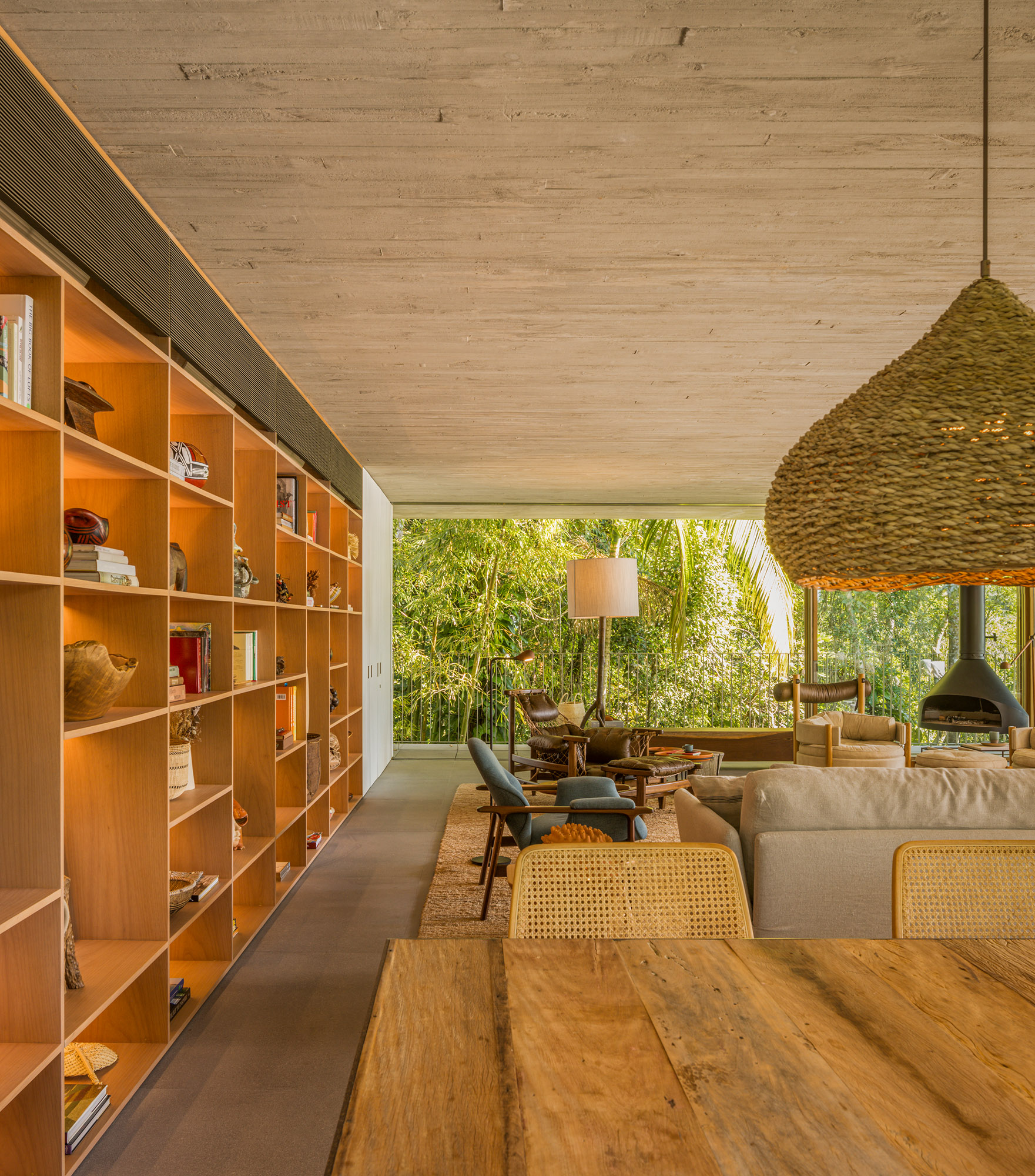
The top-floor living area, with a bespoke bookshelf, pendant lights and dining table by Studio MK27, and ‘Oscar’ dining chairs by Sergio Rodrigues. The loungearea features, from left, a ‘Verônica’ chair by Jorge Zalszupin, ‘Jangada’ armchair by Jean Gillon, ‘Soft’ sofa by Baba Vacaro, ‘Vivi’ armchairs by Sergio Rodrigues, and a ‘Gota’ fireplace by Construflama
As a result, the ground level has a relatively small footprint, mostly consisting of some service and storage areas, and an al fresco living room offering an immersive experience of the forest. On the first floor, five bedrooms and a TV room are placedin a row, and open on to a large balcony furnished with three comfortable hammocks. At the top, the main living space is half open to the elements, and half enclosed, yet fully connected to nature through swathes of glazing. This expansive terrace offers a perfect bird’s eye view of the canopy, and a glimpse of the sea beyond (yet remains carefully concealed from the nearest neighbour).

On every floor, open-air spaces break up the interior – in the shape of terraces, gardens, walkways and a set of sculptural circular staircases. It was an important part of the concept, the architecture team points out. ‘The indoor spaces are always connected to an outdoor space, like the first-floor balcony. The hammocks, which are produced bylocal craftsmen in Paraíba, in north-eastern Brazil, for [local brand] Santa Luzia, create this contemplative area,’ says Ramos. The terrace linking all the bedrooms is also the main circulation space between them and the living spaces. ‘So, to get to the bedrooms from the living room, you have to go out,’ explains Kogan. ‘This way, you can always hear the birds, and the wind through the trees, and the sound of the rain,’ Ramos adds.

The architects also designed a perforated breeze block for the project. It makes up the first floor’s long side wall, offering yet another option to connect with the environment, while also helping with natural ventilation. The fairly restricted material palette (concrete, South American pine timber and basalt stone) creates a minimalist interior language that does not detract from the spectacle of nature outside. Still, the architects ensured that indoor and outdoor surfaces and treatments were distinct, with the former having a softer, warmer feel, more suitable for a domestic space.
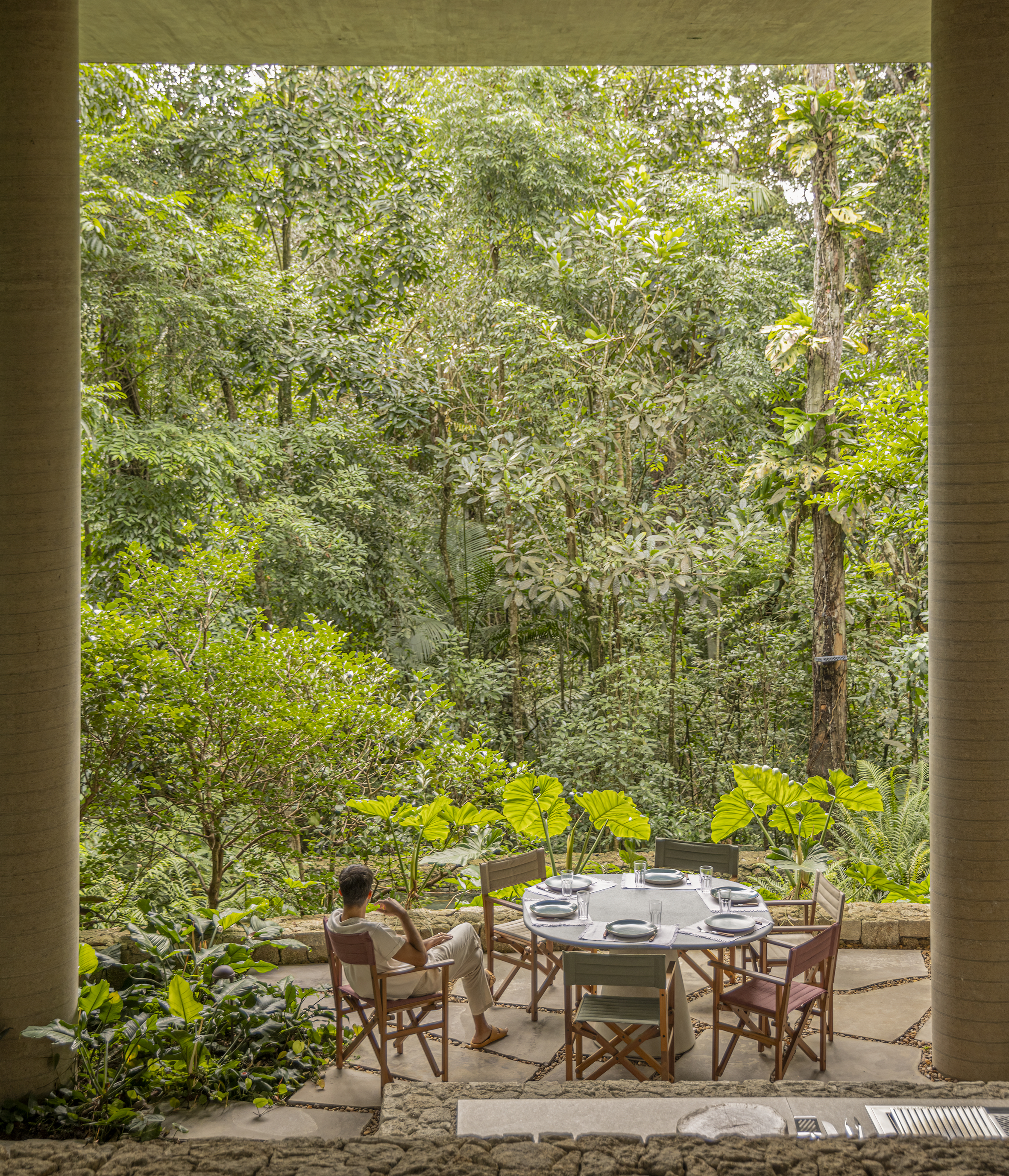
Another critical element in the brief was the fact that the client not only owned an extensive collection of Brazilian art and craftwork, but they wanted to fill their home with it, adding Brazilian furniture and objects too. Examples include pieces by Zanine Caldas, Carlos Motta and Brunno Jahara, as well as some designs by Studio MK27. ‘It was a special moment for me when we put everything in, and found the right place for each piece,’ says Radomysler.

Through its content, context and design intention, Canopy House is a home that is entirely of its place in more ways than one. It is a retreat defined by its openness – something that the clients were keen to establish from the get-go, but also something Kogan remembers fondly from his experience there, if with a slight trepidation. ‘I couldn’t relax,’ he laughs. ‘The comfortable chairs, the view, the colourful birds, the rainforest sounds... This place is just perfect. Nevertheless, I was always tense wondering if some rainforest animal would appear!’
Wallpaper* Newsletter
Receive our daily digest of inspiration, escapism and design stories from around the world direct to your inbox.

The first monograph on the studio’s work, ‘The Architecture of Studio MK27. Lights, Camera, Action’, $65, is out now, published by Rizzoli, available to buy at rizzoliusa.com and amazon.co.uk
Ellie Stathaki is the Architecture & Environment Director at Wallpaper*. She trained as an architect at the Aristotle University of Thessaloniki in Greece and studied architectural history at the Bartlett in London. Now an established journalist, she has been a member of the Wallpaper* team since 2006, visiting buildings across the globe and interviewing leading architects such as Tadao Ando and Rem Koolhaas. Ellie has also taken part in judging panels, moderated events, curated shows and contributed in books, such as The Contemporary House (Thames & Hudson, 2018), Glenn Sestig Architecture Diary (2020) and House London (2022).
-
 This year's U.S. Pavilion asks visitors to gather ‘round
This year's U.S. Pavilion asks visitors to gather ‘round‘We’re bringing Ozarks hospitality to the world stage’ ‘PORCH: An Architecture of Generosity’ is a celebration of togetherness
-
 Zaha Hadid Architects’ spaceship-like Shenzhen Science and Technology Museum is now open
Zaha Hadid Architects’ spaceship-like Shenzhen Science and Technology Museum is now openLast week, ZHA announced the opening of its latest project: a museum in Shenzhen, China, dedicated to the power of technological advancements. It was only fitting, therefore, that the building design should embrace innovation
-
 ‘The work is an extension of myself’: Michaela Yearwood-Dan on her debut show at Hauser & Wirth
‘The work is an extension of myself’: Michaela Yearwood-Dan on her debut show at Hauser & WirthLondon-based artist Michaela Yearwood-Dan continues her rapid rise, unveiling monumental new paintings in ‘No Time for Despair’
-
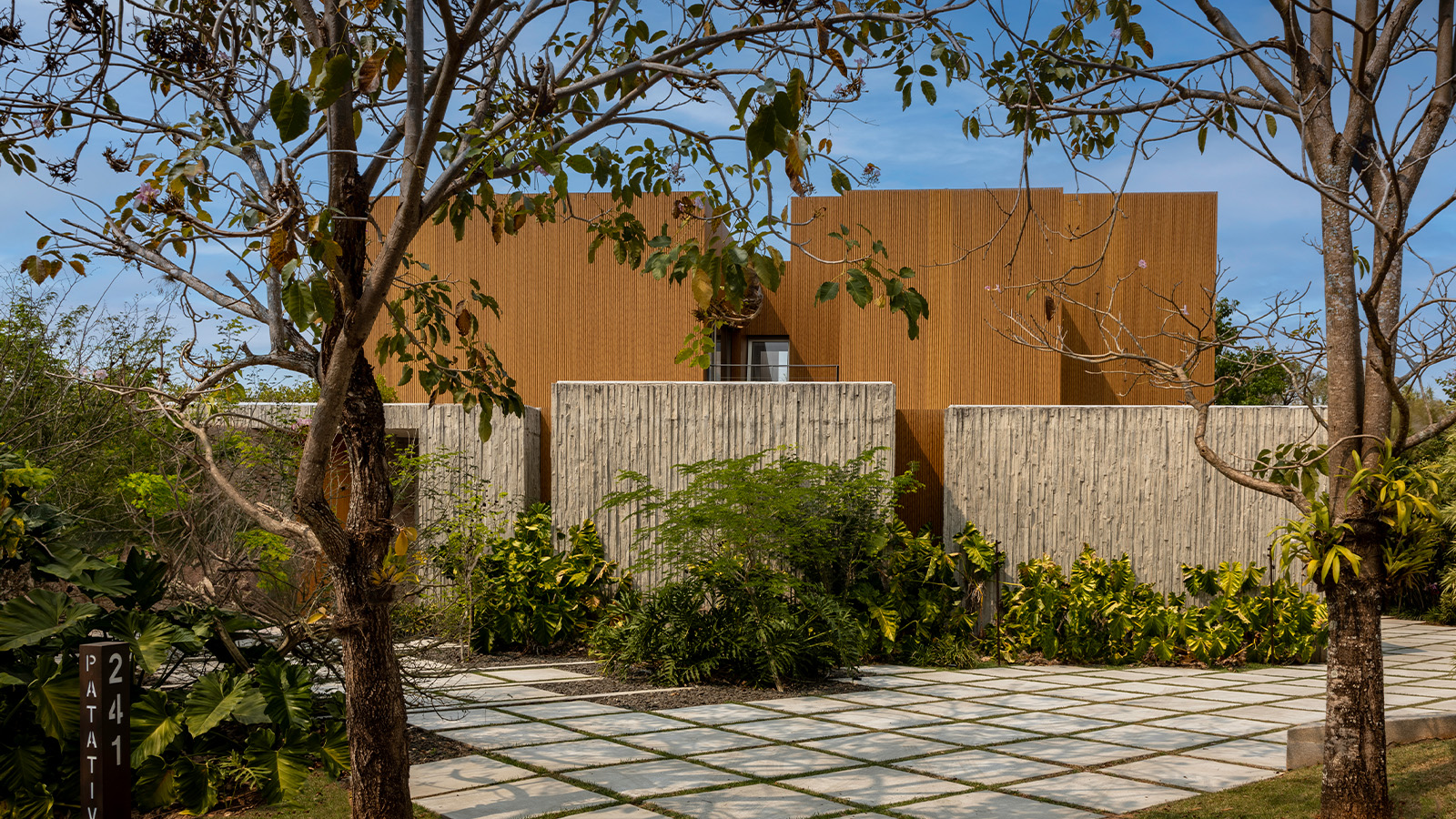 A Brazilian house is a soothing oasis inspired by the black sands of Iceland
A Brazilian house is a soothing oasis inspired by the black sands of IcelandTurmalina, a Brazilian house by architect Tulio Xenofonte, blends contemporary architecture with the cleansing energy of black tourmaline, creating a secluded retreat
-
 The new MASP expansion in São Paulo goes tall
The new MASP expansion in São Paulo goes tallMuseu de Arte de São Paulo Assis Chateaubriand (MASP) expands with a project named after Pietro Maria Bardi (the institution's first director), designed by Metro Architects
-
 An Upstate Sao Paulo house embraces calm and the surrounding rolling hills
An Upstate Sao Paulo house embraces calm and the surrounding rolling hillsBGM House, an Upstate Sao Paulo house by Jacobsen Arquitetura, is a low, balanced affair making the most of its rural setting
-
 Step inside the secret sanctuary of Rua Polonia House in São Paulo
Step inside the secret sanctuary of Rua Polonia House in São PauloRua Polonia House by Gabriel Kogan and Guilherme Pianca together with Clara Werneck is an urban sanctuary in the bustling Brazilian metropolis
-
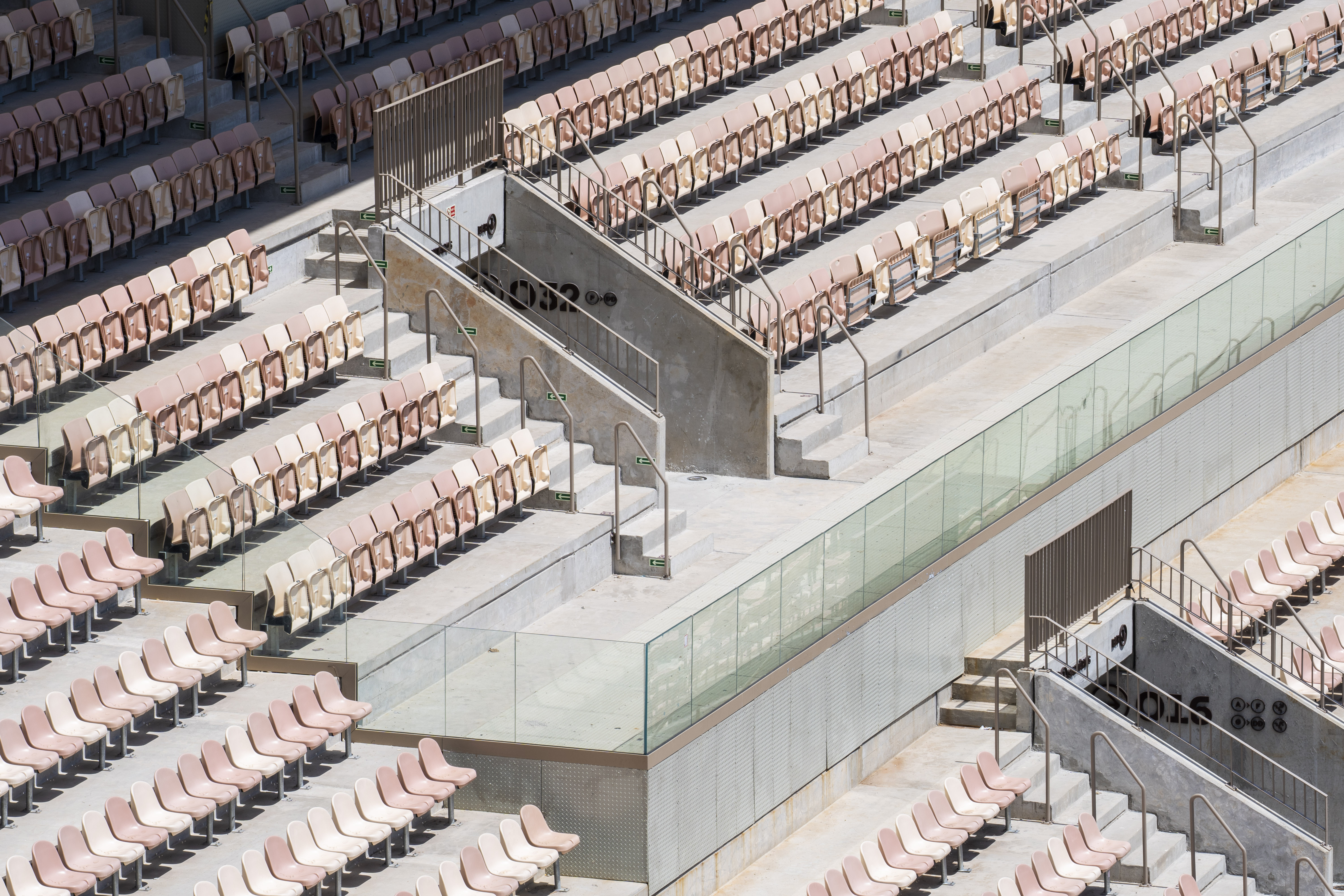 São Paulo's Pacaembu stadium gets a makeover: we go behind the scenes with architect Sol Camacho
São Paulo's Pacaembu stadium gets a makeover: we go behind the scenes with architect Sol CamachoPacaembu stadium, a São Paulo sporting icon, is being refurbished; the first phase is now complete, its architect Sol Camacho takes us on a tour
-
 Tour 18 lesser-known modernist houses in South America
Tour 18 lesser-known modernist houses in South AmericaWe swing by 18 modernist houses in South America; architectural writer and curator Adam Štěch leads the way in discovering these lesser-known gems, discussing the early 20th-century movement's ideas and principles
-
 Year in review: the top 12 houses of 2024, picked by architecture director Ellie Stathaki
Year in review: the top 12 houses of 2024, picked by architecture director Ellie StathakiThe top 12 houses of 2024 comprise our finest and most read residential posts of the year, compiled by Wallpaper* architecture & environment director Ellie Stathaki
-
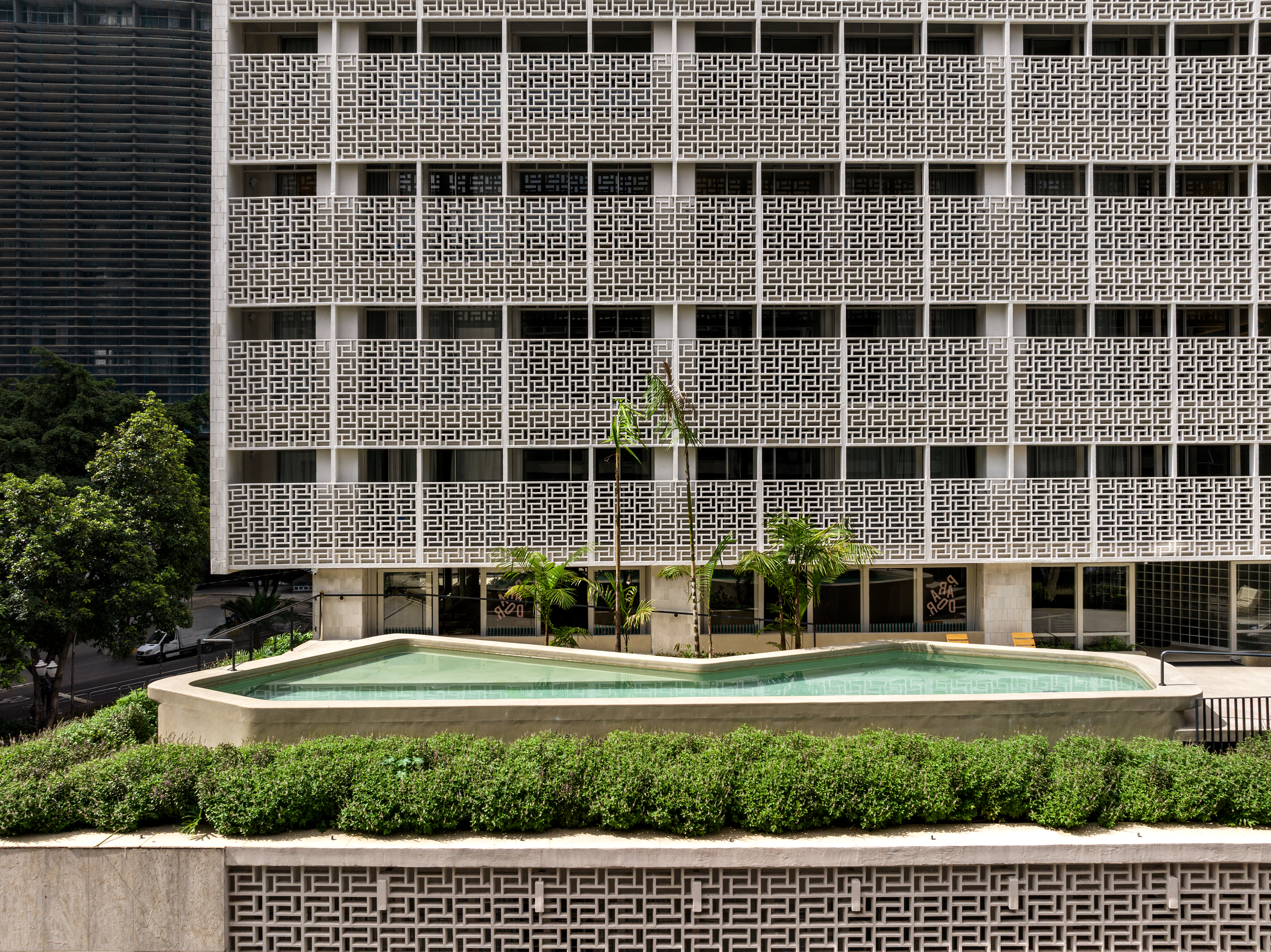 Restoring São Paulo: Planta’s mesmerising Brazilian brand of midcentury ‘urban recycling’
Restoring São Paulo: Planta’s mesmerising Brazilian brand of midcentury ‘urban recycling’Brazilian developer Planta Inc set out to restore São Paulo’s historic centre and return it to the heyday of tropical modernism